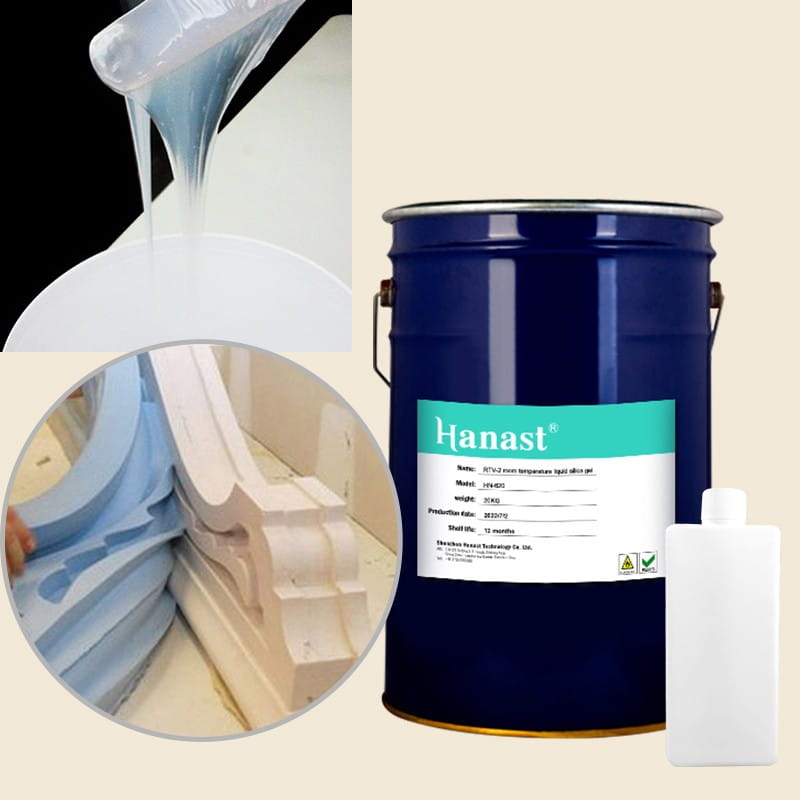What to do if the shrinkage rate of cultural stone liquid silicone mold adhesive is high
 Aug 23,2023
Aug 23,2023

 Hanast
Hanast
During the operation of the cultural stone liquid silicone mold, we may encounter the problem of high shrinkage.
How can we solve it? Below is a grand plan to teach you how to solve problems
Road.
1、 Solution:
1. Verify the size of your product, the hardness of the cultural stone mold silicone used, and the dimensions of the newly made and shrunk molds
how much
2. Curing agent addition ratio and temperature control
3. After how long it has been done, there is a phenomenon of swelling and shrinkage
4. Preconditions for mold storage
2、 Analysis of the reasons for the high shrinkage rate of silica gel in cultural stone molds:
1. Any material has a certain degree of shrinkage, and compared to many materials, silicone has a relatively small shrinkage rate. The shrinkage rate of condensation type adhesive is 0.3-0.5%, which is normal
The molding adhesive is around 0.2%;
2. Excessive proportion of curing agent added;
3. Artificial cultural stone mold adhesive for large products without adding fiberglass cloth;
4. Incorrect storage methods for molds;
5. The larger the product size, the more significant the shrinkage;
6. The mold is not fully cured, and the hardness of the special adhesive for cultural stones is not disorderly. Urgent demolding or early production can cause the liquid silicone mold to easily deform and generate culture
Shrinkage phenomenon of stone mold adhesive.
3、 Artificial cultural stone mold silicone solution:
1. The shrinkage rate of condensed cultural stone mold silicone is generally between 0.3% -0.5%, while that of added cultural stone mold silicone is around 0.2%;
2. Reduce the proportion of curing agents added, for example: the original addition of 5% artificial cultural stone mold adhesive has been reduced to 3%;
3. To make large product molds, fiberglass cloth should be added to ensure that the mold does not deform or become larger;
4. The customer enlarges the original mold type proportionally;
5. When the mold is not in use, inject gypsum water to retain it;
6. The mold must be demolded within a designated time of at least 6-8 hours, and can only be used for production after 24 hours.




 Home
Home

 What to do if the liquid silicone mold does not demould
What to do if the liquid silicone mold does not demould  You May Also Like
You May Also Like







 Tel
Tel
 Email
Email
 Address
Address












